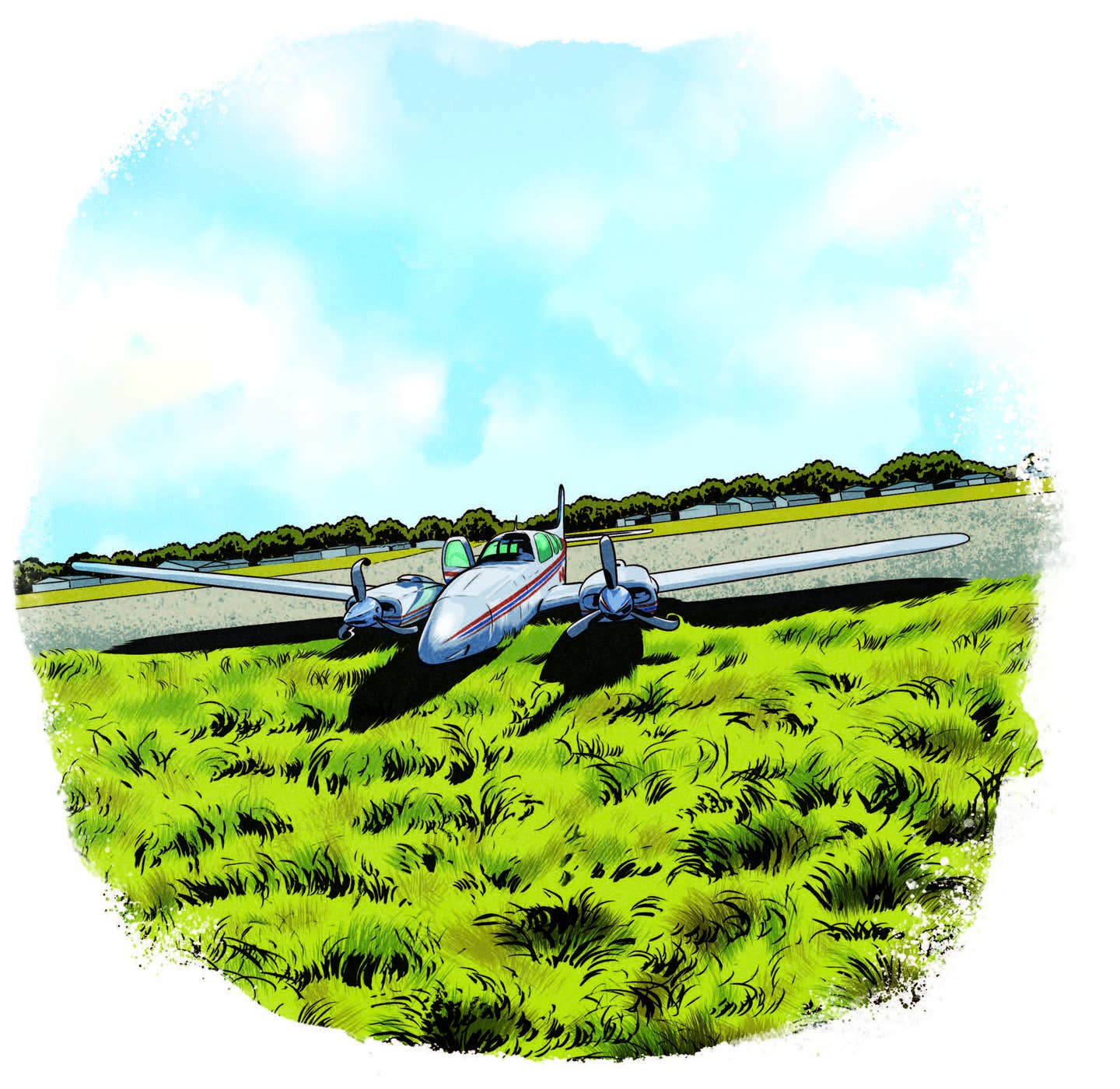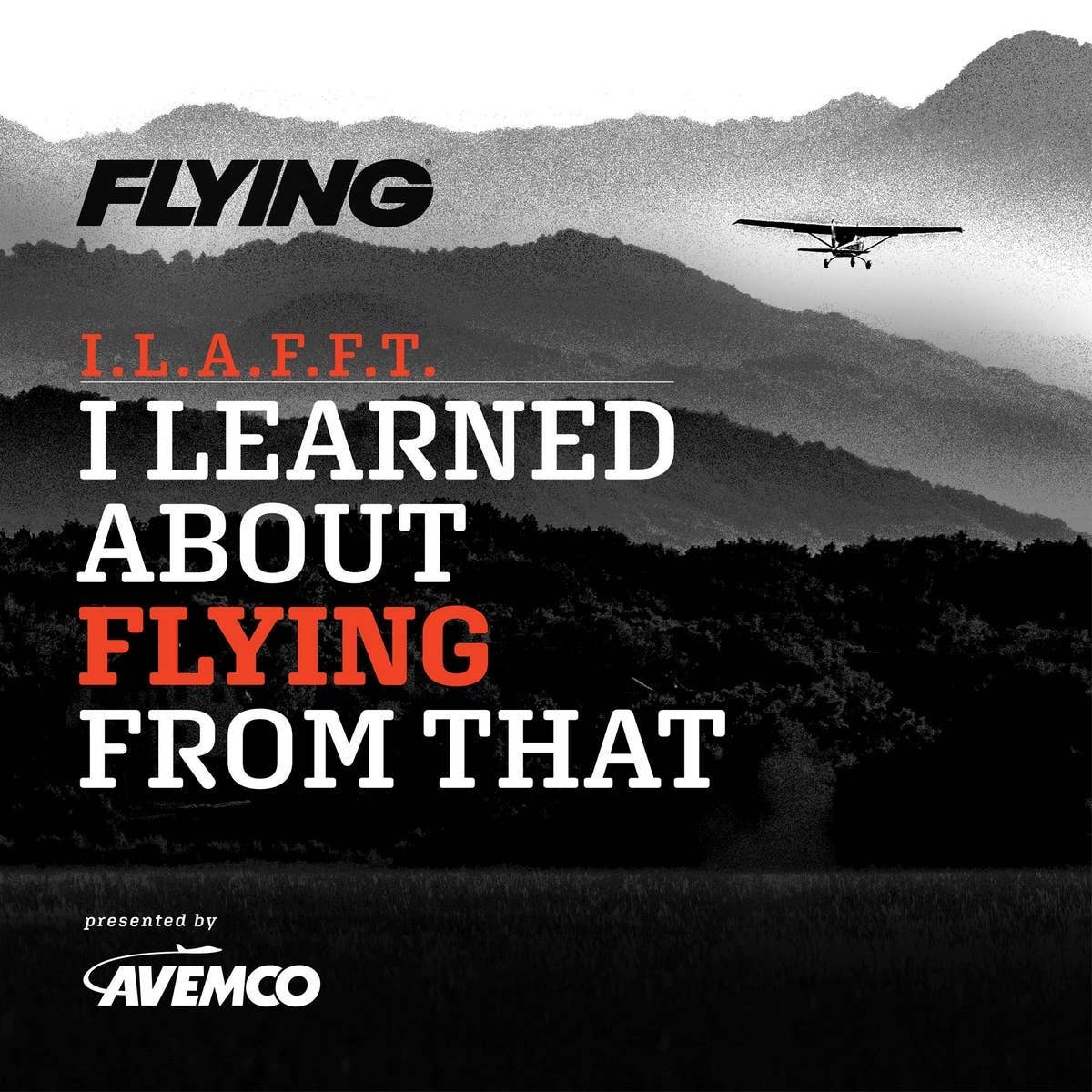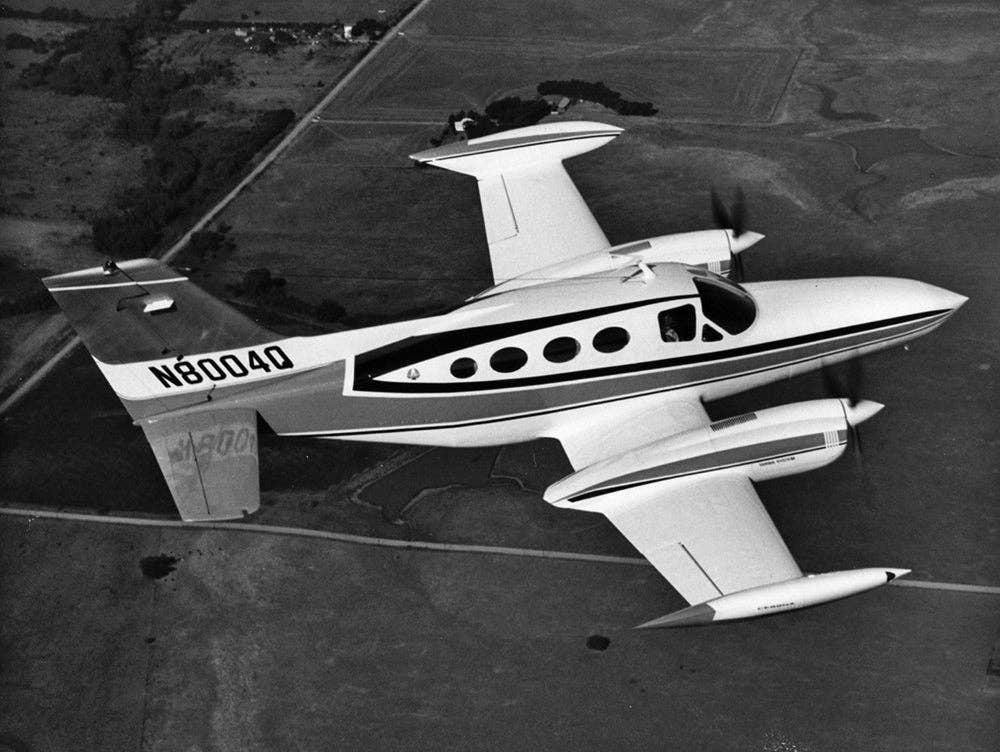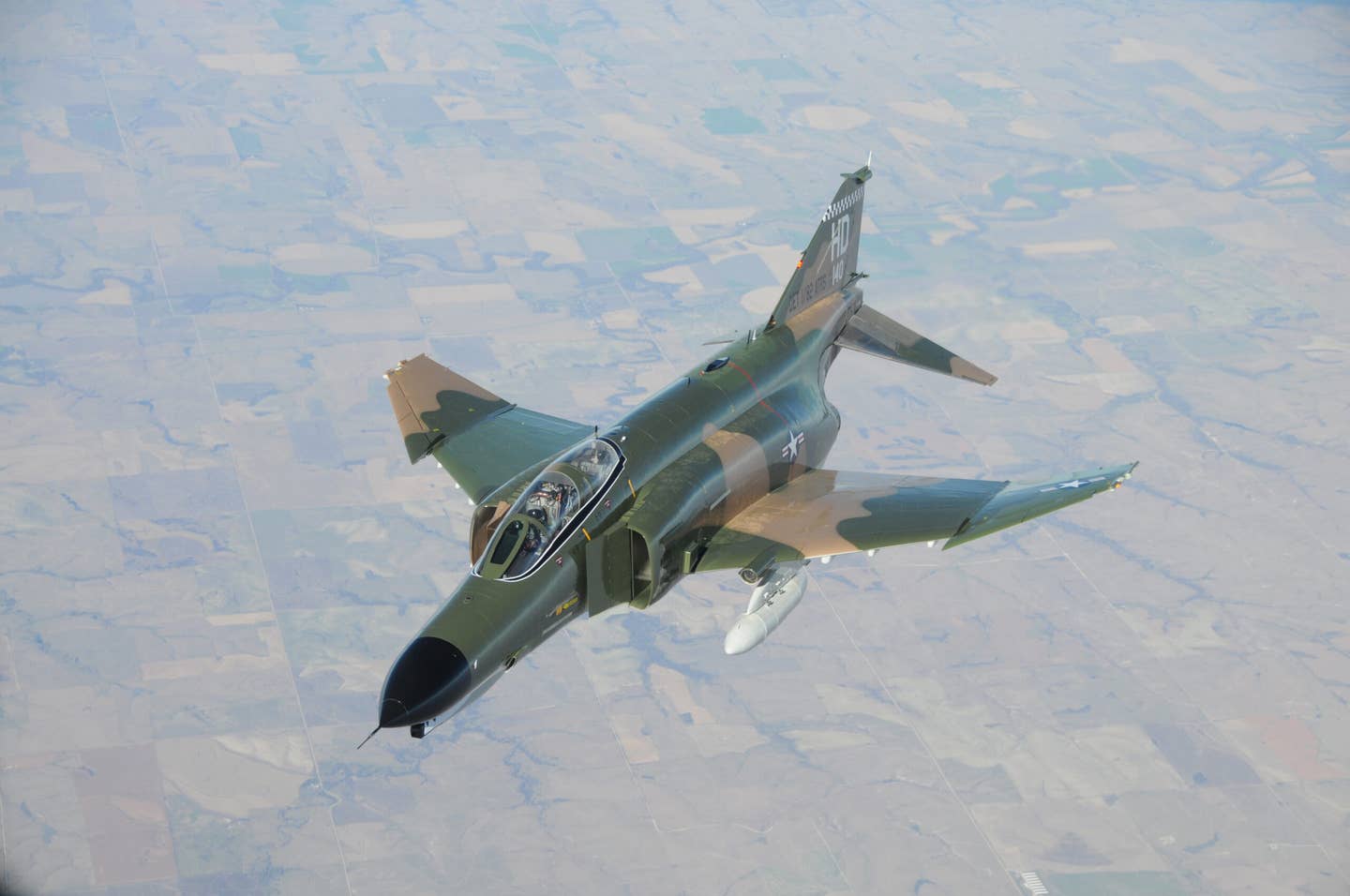Racing a Storm Is Not the Best Choice
Ferrying an airplane for a friend takes a turn for the worse when a storm prompts a hasty reaction.

[Illustration: Joel Kimmel]
“Would you go to Hanover County, Virginia, and fly the Cub I just bought to my grass strip in southeastern Wisconsin?” A friend in need asked me—and I was happy to make the trip.
“Sure.” So I flew commercial into Richmond where the seller picked me up, then introduced me to the prewar Piper J3L-65 Cub. She was original and in remarkably good shape, so I prepped her for the trip and slept on the FBO’s couch that night.
We departed at dawn intending to complete the 600-mile jaunt back to Wisconsin in one day, provided we could pass the bottom of Lake Michigan before a storm system blowing up from St. Louis, Missouri, arrived.
The Lycoming 65-hp engine smoothly pucketa-pucketa’d along, and the skylight made the cockpit a bright and cheery space. We were warmly greeted at both fuel stops. During the second stop, I checked on the weather: The front was west of Indianapolis, moving northeast. My goal transitioned to something similar to Rinker and Kern Buck’s Flight of Passage: A True Story: If we could just get into Indiana…
Passing Grand Lake in western Ohio, dark anvils dominated the western horizon. Since there were several small airports south of Fort Wayne, Indiana, I decided to race the front to one of them, or divert east to Van Wert County. The O-145-B2’s stack was roaring at 2,500 rpm and the head gaskets held, but that pudgy USA 35B airfoil was no match for the winds aloft.
With an anvil looming above, I noticed an orange blob below: a windsock, limp on its pole beside a small hangar. The adjacent narrow strip of green beckoned us. We peeled off into a descending turn, slipped down to the eastern threshold, and settled into—not onto—grass that was well over two feet tall, through which the old wooden Sensenich prop was now flailing.
We were committed to waiting out the storm here—I had to throttle up to keep us moving. Using the hangar as a reference, we snaked through the grass to where there would likely be tiedowns. Facing the hangar, I shut down, leapt out, and managed to find three old tires—with nylon ropes still inside through the fescue forest. I lifted the tail and repositioned the old girl between the tiedowns. With the front roiling above, I tied down the wings and was just pulling the lock knot tight on the tail rope when the frontal gust hit hard. The old ropes, green from disuse, managed to hold fast as heavy raindrops began drumming the fabric.
I slid into the back seat and closed up the cockpit. It was like being in a car wash. The winds rocked us against the ropes. I fastened the seat belt, lest a tiedown fail and we get flipped. Then I discovered the skylight leaked, just above me. The wind eventually died down and the downpour subsided to a gentle rain with lots of virga drifting by. The visibility wasn’t improving: we were down for the night.
Mosquitoes—protected from the rain by the wings and having discovered every opening in the cockpit—harassed me for blood with their unwelcome whine. As dusk closed in, I rinsed down some snacks I’d brought along with water from a canteen. I stepped outside under the wing and was promptly ambushed by mosquitoes. I retreated to the cockpit, closing the door and window with their poorly kept promises of protection.
I hung my legs over the front seatback, trying to get comfortable—I tried straddling the seatback, I tried positions that a yogi wouldn’t attempt, and I crawled over the seatback to try various contortions up front, all to no avail. The front seat seemed more exposed to the whining marauders, so I returned to the back seat and hunkered down.
The temperature dropped, and my A-2 flight jacket was no match for the damp cold. I needed to layer up, so I stuffed the few articles of clothing I had inside the jacket and zipped it all the way up, tucked my hands into my armpits, and shivered myself to sleep. The cycle of drifting off to sleep, hearing a whine close by, swatting the air until quiet was restored, and drifting back to sleep continued until dawn. Fortunately, I could see clear skies to the west.
“That Lilliputian Lycoming gave us all she had—not much—but it was enough to get above the grass and into ground effect.”
I ventured out on feet too frozen to feel, stretched my legs, and performed a walk around, removing torn grass from the lower tail wires, wing struts, and main gear, and untied and coiled the ropes back into their tires. I stomped the grass down under the prop and examined both it and the air filter. The filter was clean, but the prop had a definite green hue to the brass leading edges. I completed the preflight and prepared the cockpit.
The eager Lycoming started on the first blade and pucketa’d away as her oil warmed. I performed a quick run-up and began a high rpm taxi through the rough to the far end of the runway. To turn around at the end, I had to get out and pick up the tail as if she had a tail skid.
At the other end of the runway was a typical paved country road with a set of power lines and a barbed wire fence running alongside, with a soybean field beyond. I could see up and down the road. There was no traffic for this humble runway, so I fed in the power, and flailed grass about three quarters of the way down the runway. That Lilliputian Lycoming gave us all she had—not much—but it was enough to get above the grass and into ground effect. Keeping the nose down to build speed, the Cub and I departed between power lines and fence, climbing out over the soybeans, headed for home.
It’s easy to romanticize flying cross country in an antique: It’s just you and an aging airframe with an anemic engine spinning a wooden prop on some grand adventure, but we still need to exercise good judgment. Racing a cumulonimbus to achieve an impulsive goal is foolhardy, and not diverting to your planned alternate is stupid.
Being in a hurry to land, then landing at a strange airport without first verifying its condition, is poor practice. Compounding that error, I put myself in a hurry to leave. I ignored my fatigue and the runway conditions, and performed a risky stunt. I could have napped while a local farmer mowed the grass. Then I would have cleared the power lines by 50 feet.
All the poor decisions that should have led to our demise were in perfect alignment. I got away with it, yes, but not because of skill, nor luck: it just wasn’t our time…then.

Sign-up for newsletters & special offers!
Get the latest FLYING stories & special offers delivered directly to your inbox






